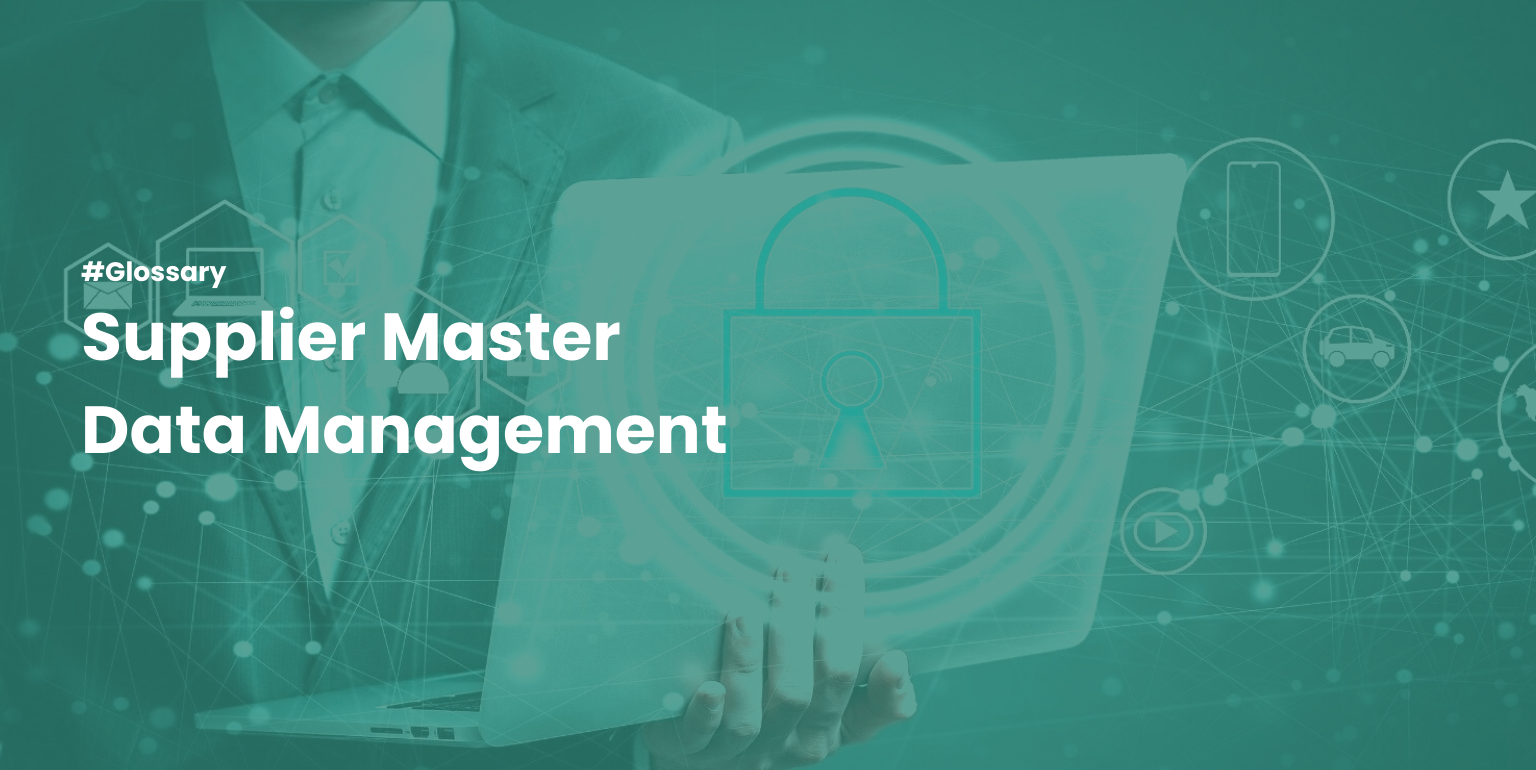What Is a Supplier Master Data Management ?- Definition
Supplier Master Data Management (SMDM) is a framework of processes and technologies aimed at creating and maintaining an authoritative, reliable, sustainable, accurate, and secure data environment that represents a single version of the truth, and accepted system of record used both intra- and inter-enterprise across a diverse set of application systems, lines of business, and user communities.

Understanding Supplier Master Data Management
Supplier Master Data Management is a framework that a company uses to manage a comprehensive set of records about a company’s suppliers. This data, known as Supplier Master Data, would include all relevant information about the goods and services being sourced from the suppliers, such as procurement history, supply categories, inventory data, contract records, purchasing records, and other key information about the supplier-business relationship.
As one can imagine, such records would be vast and contain a very large number of data points. Supplier Master Data Management (SMDM) ensures that duplicates and overlapping data are avoided, data is in sync for locations of the company and between the company and all suppliers, and that procurement officers would be able to access this data easily and quickly in order to find potential areas for improving efficiency and spend in the supply chain.
Key Business Processes For Supplier Master Data Management
1. Create or Extend Supplier (Supplier Onboarding) – more commonly referred to as Supplier Onboarding or Vendor Onboarding.
This is the process of how an organization commences a new business relationship with a supplier/vendor. If it’s new for the whole enterprise it will be created from scratch, therefore a new supplier. If the supplier is already doing business with one of the enterprise’s organizations then it will be a supplier extension.
2. Update Supplier
This is the process of making any change to an existing record. This could affect both global/central data, which is shared and will require some form of global governance group to do this efficiently – having every team that uses the supplier approve a change to their name is not going to be an effective approach. Changes could be initiated internally or externally by a supplier or vendor through a portal.
3. Deactivate Supplier
This is more commonly referred to as Supplier Offboarding, but it’s from the point a user makes a request to deactivate the supplier, the subsequent approval, and update to block it appropriately in the relevant ERP / S2P systems.
4. Reactivate Supplier
This process is often forgotten, but, let’s say you have a supplier or vendor you have not worked with for the last three years and suddenly you want to use them again. Would you just turn them on for use? Probably not. A lot will have changed during that time and in most cases, the reactivation process is very similar to initial supplier onboarding given that you would need to ensure data, certificates, etc. are all still up to date and valid.
Explore Additional Resources to Know More

E-Book

On-demand Webinar
Are you facing difficulty to manage vendor risks? Do you want to know how to manage it using your existing ServiceNow installation?
Watch Now


